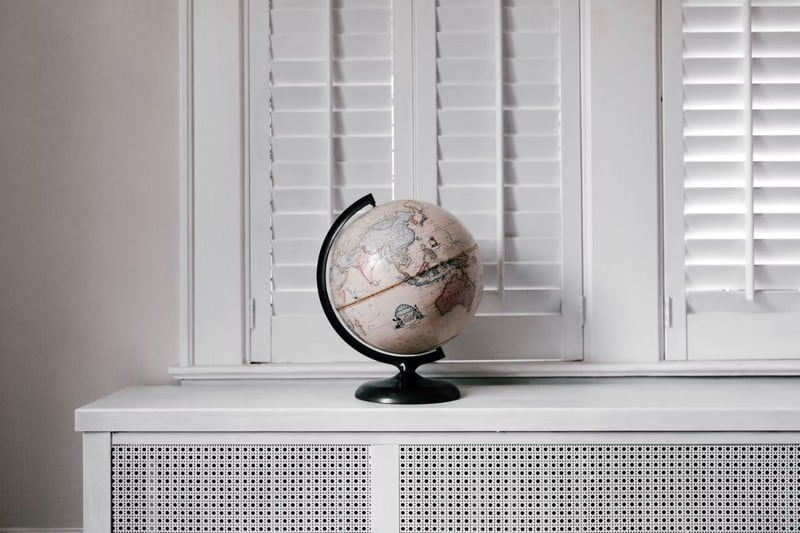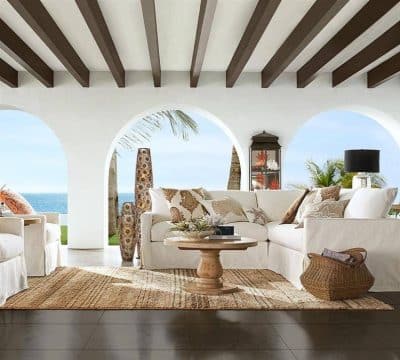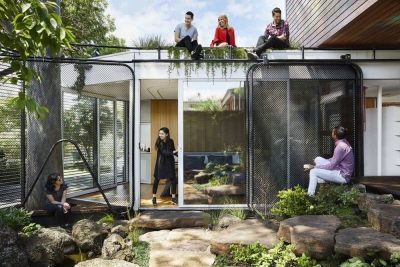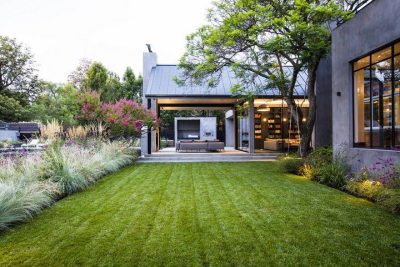Shutters offer more than just a polished finish to windows, they provide important light control, privacy, insulation, and long-lasting appeal. Choosing the right shutters for each room requires balancing aesthetics with functionality while keeping in mind the unique needs of the space. From moisture resistance in the bathroom to enhanced light regulation in a home office, there’s no one-size-fits-all solution.
To get the most out of your investment, take time to assess your home’s layout, window types, and design preferences. Each room should be treated with individual consideration, allowing shutters to complement both purpose and personal taste.

Aesthetic Meets Function in Living Rooms and Bedrooms
Common areas like living rooms and bedrooms often serve dual purposes, spaces for relaxation, entertainment, and work. These rooms benefit from shutters that balance elegance with flexibility. In many cases, homeowners opt for plantation shutters due to their wide louvers, which provide ample control over light and airflow while enhancing the style of the room. Their crisp, classic lines integrate well with both modern and traditional décor.
Bedrooms, in particular, benefit from shutters that block external light and noise. Look for materials that provide excellent insulation, helping to maintain a comfortable temperature year-round. The ability to tilt louvers at an angle allows privacy without shutting out daylight entirely, making these shutters ideal for quiet mornings and peaceful nights.
Kitchens Demand Durability and Easy Maintenance
The kitchen is one of the most high-traffic areas in the home, and shutters here need to withstand humidity, cooking splatter, and daily wear and tear. Materials like polyvinyl or composite are excellent choices due to their resistance to moisture and easy-to-clean surfaces. These materials won’t warp or fade, even when installed near heat sources or large windows.
In kitchens with minimal wall space, café-style shutters provide a stylish way to maintain privacy while letting natural light flood the space. Their shorter height means you can still open upper windows for ventilation while covering the lower half for security and shade. Choose a finish that complements cabinetry or backsplash colors to create a cohesive and streamlined design.
Bathrooms Call for Moisture-Resistant Choices
In bathrooms, the priority shifts to water resistance and privacy. Full-height shutters made from synthetic materials can handle the daily exposure to steam and splashes. Unlike fabric curtains, they won’t absorb moisture or mildew. Faux wood or vinyl shutters offer a stylish alternative to traditional blinds, maintaining their shape and color in damp conditions.
Since bathroom windows often face close neighbors or open streets, privacy is important. Opt for solid panel or tier-on-tier styles, which allow the top half to open for natural light while keeping the bottom half closed. This design adds both elegance and practicality, turning a functional solution into a standout feature.
Optimize Light Control in the Home Office
Natural light boosts mood and productivity, making window treatments a critical component of any home office. Too much sunlight can create glare or increase screen fatigue. Shutters provide precise control, letting users adjust light levels throughout the day without relying on artificial lighting.
For a sleek and professional look, consider shutters with hidden tilt rods. This creates a cleaner view and maximizes outward visibility when the louvers are open. Light-filtering designs allow brightness without glare, and when closed, shutters can block distractions from outside. Adding a custom stain or paint color can help tie the shutters to the office theme, whether rustic, contemporary, or minimal.
Children’s Rooms Should Prioritize Safety and Style
When it comes to nurseries or children’s bedrooms, safety becomes paramount. Shutters provide a cordless alternative to traditional blinds, significantly reducing the risk of accidents. Beyond safety, their solid structure blocks light and dampens noise, aiding in naps and early bedtimes.
Colorful or themed shutters can reflect the child’s personality and evolve with them over time. Neutral options, on the other hand, grow with changing tastes and are ideal for resale value. Look for shutters that are scratch-resistant and easy to wipe clean in rooms where sticky fingers are a frequent occurrence.
Hallways and Entryways Benefit from Decorative Accents
Although often overlooked, hallways and entryways set the tone for the entire home. These transitional areas can benefit from shutters that enhance natural light while offering occasional privacy. Narrow windows beside front doors, often called sidelights, are perfect candidates for narrow, full-height shutters that prevent unwanted peeks inside.
Choosing the right shutter style here depends on your home’s architecture. Arched or uniquely shaped shutters can highlight interesting window features and increase curb appeal. If security is a concern, solid panel shutters can offer an extra layer of protection without compromising on design.

Shutters are more than decorative elements, they are integral to the comfort, privacy, and energy efficiency of a home. By thoughtfully selecting the right shutters for each room, you elevate your home’s visual appeal and create a more functional and harmonious living environment. Whether it’s the durability needed in a kitchen or the peace of mind in a child’s room, the perfect shutter exists for every space.








